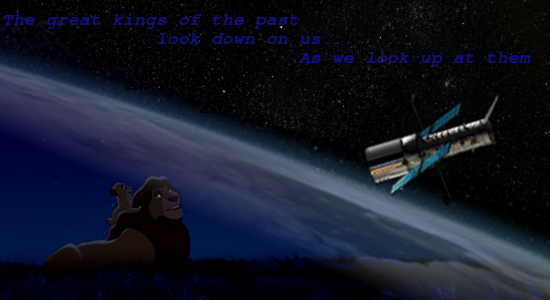Some of you might have seen this announcement for Unlimited Detail, made by a company called Euclideon:
http://www.youtube.com/watch?v=00gAbgBu8R4
While this technology has potential, it will not work for video games very well. The rendering of an image using this engine will show only what you see. Polygon-based games render everything and simply not draw what you can't see (such as behind the camera and behind other objects), but the performance is noticeable.
With this engine, there are a few issues: For one thing, you will need A LOT of hard-drive space. Sure, your GPU can draw those awesome trees, but how many detailed trees can your HDD store? In the demo, they only had a few trees and many copies. If you have an actual variety of detailed objects, you will run out of storage space very fast unless you like playing in a clone jungle.
Another thing, everything in the demo was stationary. A game engine using Unlimited Detail will fry anyone's CPU. This is becasue imaging what happens to all those individual grains of dirt when someone steps on them. The CPU will have to calculate where every single grain will go. Now image what will happen when a car will drive over. Or worse: an explosion.
This engine is excellent for drawing, but it's bad for anything but static environments. This is why this technology can be used in hybrid with traditional polygon graphics: Let Unlimited Detail handle the static scenery, like cliff edges, rocks, buildings and other non-movable objects. But if it moves, can be moved or can be deformed, let a polygon engine take care of that.
So while this technology is very impressive, it will not revolutionize gaming. Like Euclideon said: They are programmers, not game designers. So it's only natural for them to assume a bit more than what is actually capable.
As Cool as it looks, it isn't.
2 posts
• Page 1 of 1
-
DGFone
Got wings















Watch me soar
- Posts: 11873
- Joined: March 14th, 2011, 6:14 am
- Location: Flying several thousand feet off the ground.
- Nickname(s): Planes, DGF, DG
- Gender: Male
- Pride Points: 138
Re: As Cool as it looks, it isn't.
Id say its still a technology thats probably at least 5-10 years away from a useful gaming release. If they are indeed only rendering the current visible scene, in order to maximize the detail of that scene, they will really need to improve the pipelining between the RAM and the GPU in order to get the new scene rendered quickly enough (Although Fragment shaders already do a lot of this type of work). A small game itself would probably take up a few hundred GB (Although thats going to become less of a problem as hard disks get bigger, and better compression methods for 'atomic' graphics are developed).
I assume this almost exclusively uses the fragment shader? Mixing this method with Polygons would probably create some sync issues they would have to deal with.
I assume this almost exclusively uses the fragment shader? Mixing this method with Polygons would probably create some sync issues they would have to deal with.
This is a block of text that can be added to posts you make. There is a 700 character limit.
-
MWIN
















Lions are edible.
- Posts: 56
- Joined: April 23rd, 2010, 5:04 am
- Location: A real nowhere man living in my nowhere land.
- Nickname(s): Atecom, Lies and Deception, No
- Gender: Male
- Pride Points: 0
2 posts
• Page 1 of 1
Who is online
Users browsing this forum: No registered users and 33 guests
- The team • Delete all board cookies • All times are UTC [ DST ]
